If the goal is to find the amount of power that you need then use Imax*Vmax. Make sure the current of the supply is greater than or equal to Imax of the peltier.
If your using this in a real design you may want to size the supply for your needs.
The first thing is to calculate the max temperature across the peltiers (often called dT or deltaT the thermal version of voltage). For that, you will also need to take into consideration the thermal resistance of the materials and the heatsinks. Then you will need to find the ammount of heating\cooling power you need (how fast you can move heat, analogous to current or Q in watts) If you are using air cooling then you will also need to take into account convection.
Anyway, find or estimate the max deltaT and the heat power and more often than not the manufacturer will have a graph like this:

Draw a line across from the deltaT side of the graph and find your current for the amount of heating or cooling power you need. The other gotcha is if you are heating with the peltier, the graph will be different than for cooling because there is internal resistance in the peltier that works against cooling but helps heating.
After you find the amount of current that will be drawn from the graph, you can size the supply appropriately (the supply needs to be greater than or equal to the current in the graph), which may be less than Imax which will save you money on buying a supply.
 I need to power 4 peltier plates (tec1-12706) with 12V and 5A for a thermoelectric cooler project.
I wish to have maximum cooling. Also I need to attach a few(4) computer cooling fans to dissipate the heat from all 4 peltier plates.
I need to power 4 peltier plates (tec1-12706) with 12V and 5A for a thermoelectric cooler project.
I wish to have maximum cooling. Also I need to attach a few(4) computer cooling fans to dissipate the heat from all 4 peltier plates.